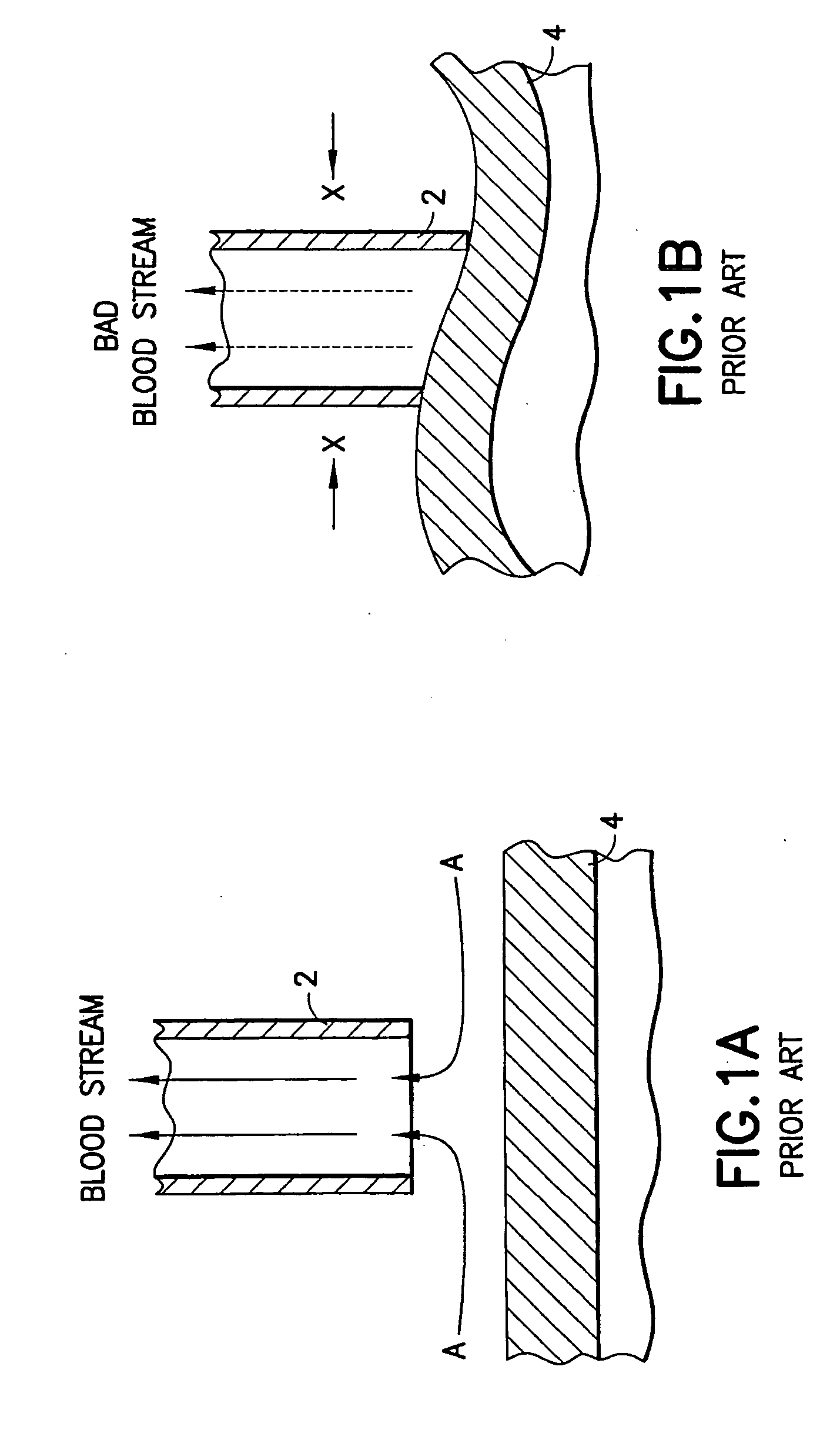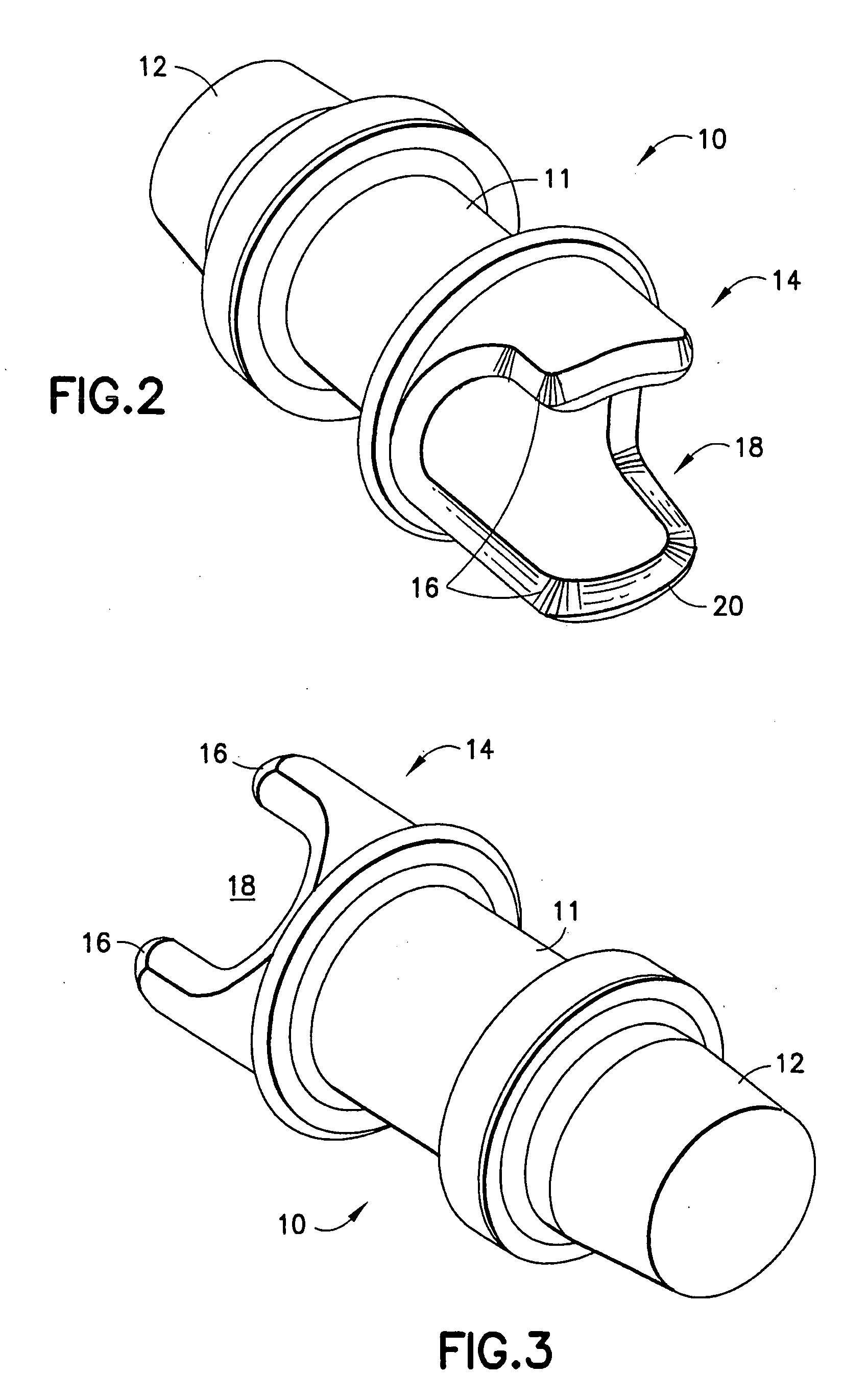Cannula tip for a cardiac assist device
a technology of cannula and cardiac assist device, which is applied in the direction of heart stimulators, other blood circulation devices, therapy, etc., can solve the problems of sudden decrease in blood pressure, possible death, and “suction condition”, and achieve the effect of preventing the formation of blood clots
- Summary
- Abstract
- Description
- Claims
- Application Information
AI Technical Summary
Benefits of technology
Problems solved by technology
Method used
Image
Examples
Embodiment Construction
[0030] The ensuing detailed description provides exemplary embodiments only, and is not intended to limit the scope, applicability, or configuration of the invention. Rather, the ensuing detailed description of the exemplary embodiments will provide those skilled in the art with an enabling description for implementing an embodiment of the invention. It should be understood that various changes may be made in the function and arrangement of elements without departing from the spirit and scope of the invention as set forth in the appended claims.
[0031] The present invention relates to a cannula tip for long term use at the inflow of an implantable blood pump that is designed to prevent the occurrence of a suction condition and the adhesion of platelets. Particular example embodiments of the inventive inflow cannula tip are useful for a right ventricular assist device. Embodiments of the inventive inflow cannula tip may also be used with a left ventricular assist device.
[0032]FIGS. ...
PUM
 Login to View More
Login to View More Abstract
Description
Claims
Application Information
 Login to View More
Login to View More - R&D
- Intellectual Property
- Life Sciences
- Materials
- Tech Scout
- Unparalleled Data Quality
- Higher Quality Content
- 60% Fewer Hallucinations
Browse by: Latest US Patents, China's latest patents, Technical Efficacy Thesaurus, Application Domain, Technology Topic, Popular Technical Reports.
© 2025 PatSnap. All rights reserved.Legal|Privacy policy|Modern Slavery Act Transparency Statement|Sitemap|About US| Contact US: help@patsnap.com



